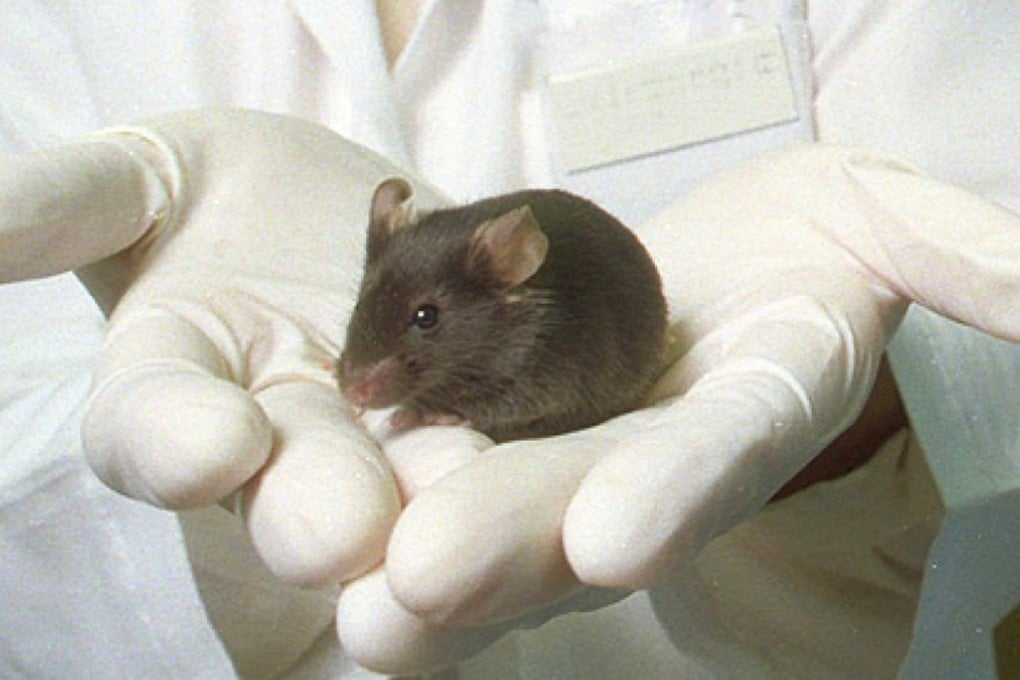Stem cell breakthrough on mice ‘reverses Alzheimer’s’: Chinese scientists in breakthrough experiment
Researchers repair rodents’ brains by transplanting neurons, raising hopes for human cure

In a groundbreaking experiment, Chinese scientists have used human embryonic stem cells to nurse back to health mice afflicted with Alzheimer’s disease.
A team in Shanghai found that by transplanting neurons derived from the cells into the rodents they could reverse their cognitive degeneration.
The breakthrough showed for the first time a practical method to rejuvenate an ageing brain with a fertilised egg, and paved the way for the eventual application of the method to human patients, the researchers said.

Scientists have spent decades searching for a way to reverse such neuron damage.
Previous studies have suggested Alzheimer’s involved too many types of neurons and molecular mechanisms to be treated with stem-cell therapy. Many researchers have regarded stem-cell therapy as too limited and able only to repair very specific types of neurons.